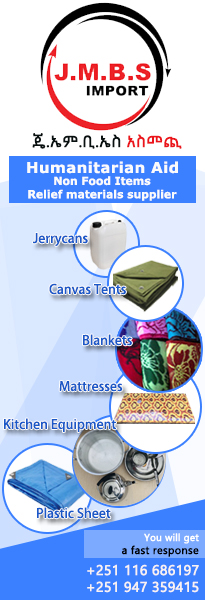Ethiopia’s cement capacity has been growing by 6.8 percent on average throughout the years 2013 to 2018, CW Group states.
The five-year Growth and Transformation Plan (GTP) the country is going under, and incentives from the federal government to attract both local and global cement producers are have been cited as reasons for the growth.
João Sobrinho, CW Group Business Analyst, says Ethiopia’s is “a heavy-consuming cement market.” Consequently, he remarks, the local production could not meet the demand up until 2014, which could make in Ethiopia a cement importer. However, Sobrinho adds, “Through this expansionist agenda, the domestic cement industry is increasingly becoming a net exporter and improving its international competitiveness”
Dangote, Derba, Messebo and National Cement are the newly added cement producers in the Ethiopian market. Another entrant to the market is expected to be Greenfield Cement, a plant that is being constructed close to the town of Dejen after Abay Industrial Development S.C. signed a contract for the same with FLSmidth. The plant’s construction is valued at 100 million euros and scheduled for completion by 2022.
The industry is currently operating at 50 percent of its capacity utilization, according to 2018 stats, Sobrinho notes. While new-entrants maybe motivated by the projected double-digit growth in cement consumption up until 2023, “this expected trend is likely to be driven by Ethiopia being the fastest-growing economy in Sub-Saharan Africa, and also by the 2015 – 2025 Cement Industry Development Strategy,” he added.
Still, Ethiopia’s cement industry has challenges to solve “if it wishes to become an international cement force to be reckoned with,” the analyst ponders. Among the challenges are a shortage of skilled workers, lack of foreign currency and erratic power supply. Overall, however, the prospect seems bright for the industry.
Source: World Cement



